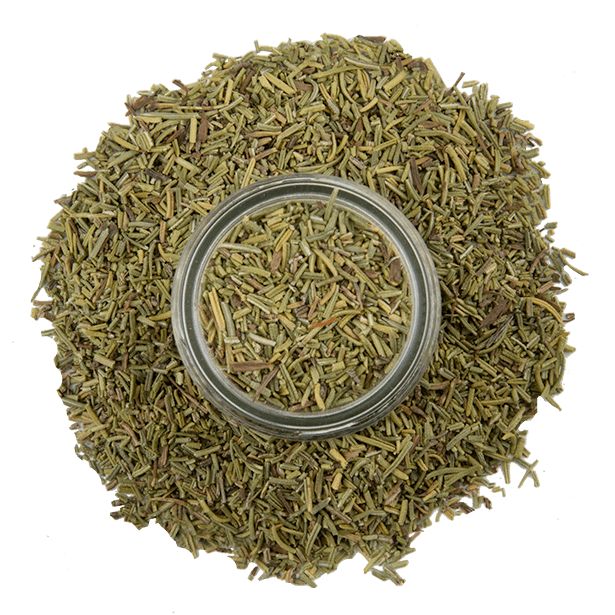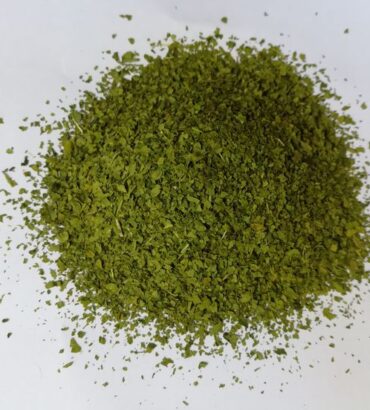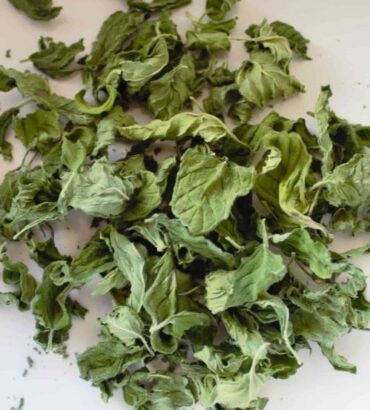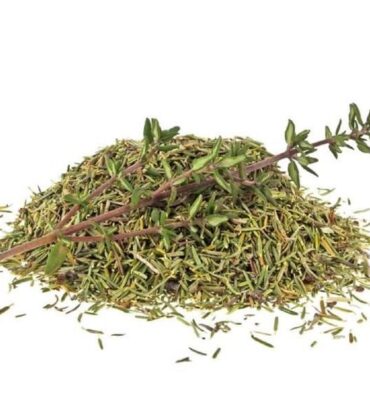Rosemary
Rosemary (Rosmarinus officinalis) is a fragrant evergreen herb native to the Mediterranean region. It belongs to the mint family, Lamiaceae, and is known for its needle-like leaves and woody stems. Rosemary has a strong, pine-like aroma and a slightly bitter, woody taste. It’s commonly used in cooking to flavor dishes like meats, soups, and breads, and is also valued for its medicinal properties, including its ability to improve digestion, enhance memory, and reduce inflammation. Additionally, rosemary is often used in aromatherapy and as an ornamental plant in gardens.
Rosemary (Rosmarinus officinalis) is a fragrant evergreen herb native to the Mediterranean region, widely recognized for its aromatic leaves and diverse applications. When exporting rosemary, it’s important to highlight several key attributes:
- Botanical Characteristics:
- Appearance: Rosemary has needle-like leaves, typically dark green on top with a silvery-white underside. The plant produces small, pale blue to white flowers.
- Flavor and Aroma: It has a strong, pine-like aroma with hints of citrus and eucalyptus, offering a slightly bitter, astringent flavor that complements a variety of dishes.
- Uses:
- Culinary: Rosemary is commonly used as a seasoning in cooking, especially in Mediterranean cuisine. It’s ideal for flavoring meats, particularly lamb and poultry, as well as potatoes, breads, and roasted vegetables.
- Medicinal: Traditionally used in herbal medicine, rosemary is believed to aid digestion, improve memory, and relieve muscle pain.
- Aromatic and Ornamental: Beyond culinary uses, rosemary is valued for its essential oil, used in perfumes, soaps, and aromatherapy. The plant is also popular in landscaping for its hardiness and aesthetic appeal.
- Quality and Grades:
- Freshness: Export-grade rosemary should be fresh, with vibrant color and strong aroma, free from yellowing or wilting leaves.
- Processing: Depending on the market, rosemary can be exported fresh, dried, or as an essential oil. Dried rosemary should retain its color and fragrance, while essential oil must meet specific purity standards.
- Packaging:
- Fresh Rosemary: Typically packaged in bunches or in ventilated plastic bags to maintain freshness during transit.
- Dried Rosemary: Packed in moisture-proof containers, often in bulk or in smaller retail packages.
- Essential Oil: Exported in sealed glass bottles or drums, protected from light and air to preserve quality.
- Market and Compliance:
- Certifications: Organic certification and adherence to Good Agricultural Practices (GAP) may be required for certain markets.
- Labeling: Must include botanical name, origin, net weight, and any certifications like organic or fair trade.







There are no reviews yet.